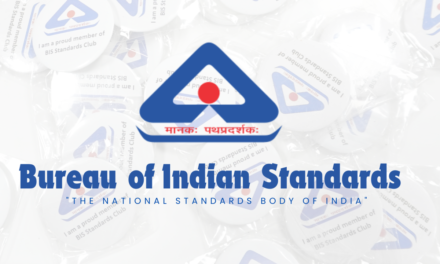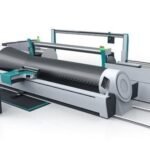Polyester Could Help Preserve the Environment After Being Held Responsible for Polluting It
Polyester, long criticized for its environmental impact, particularly in terms of microplastic pollution and waste, is now at the forefront of efforts to preserve the environment through new innovations and sustainable practices in its production and use. While polyester fibers have contributed to pollution due to their non-biodegradability, recent advancements are shifting the narrative towards making polyester a more eco-friendly material.
The recycled polyester (rPET) market is rapidly growing, with an increasing focus on turning plastic bottles and discarded polyester garments into new, usable fibers. This shift towards a circular economy reduces the reliance on virgin polyester, which is derived from fossil fuels, and cuts down on textile waste. Brands are adopting rPET in their collections to create sustainable clothing, reducing the need for new resources and lowering carbon footprints.
Innovations in bio-based polyester are paving the way for even more sustainable options. Bio-polyester is made from renewable plant-based resources rather than petroleum, significantly reducing the carbon footprint of polyester production. Some companies are working on developing polyester fibers made from plant sugars or algae, which can potentially reduce pollution and create a more sustainable textile industry.
Emerging technologies are now enabling the chemical recycling of polyester, allowing it to be broken down and reformed into new fibers without degrading the material’s quality. This process can potentially make polyester a more sustainable fiber, as it ensures better recycling rates and minimizes waste. Such technologies are integral in addressing the global issue of textile waste, aiming for a system where polyester textiles are continually recycled and reused.
Fashion brands, retailers, and governments are increasingly coming together to create industry-wide standards for the use of sustainable materials, including polyester. By setting clear targets for reducing pollution, cutting down on plastic waste, and promoting recycling initiatives, these collaborations are helping shape the future of polyester in a more environmentally-conscious direction.







